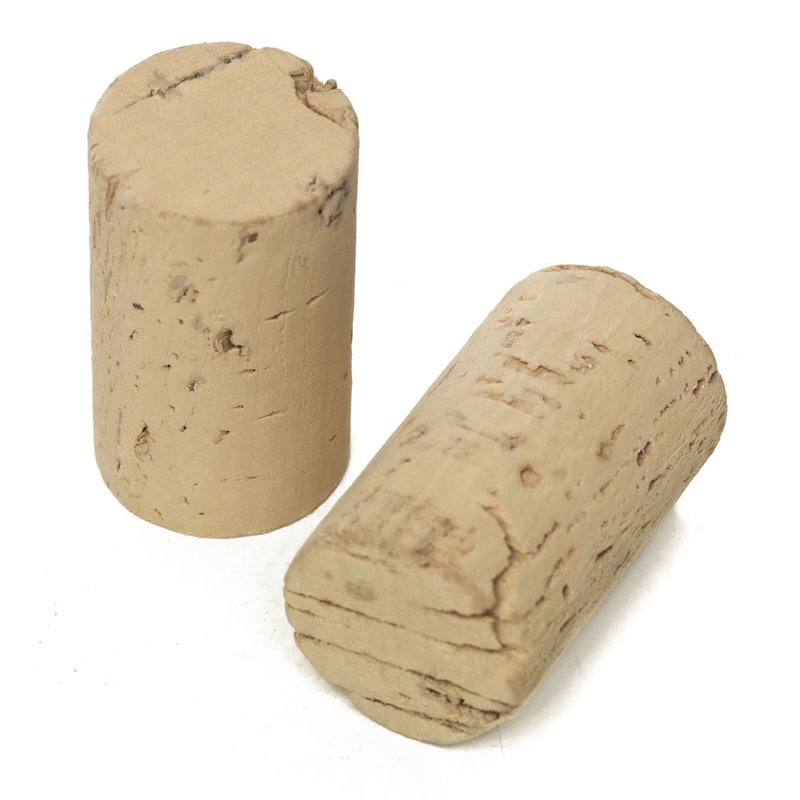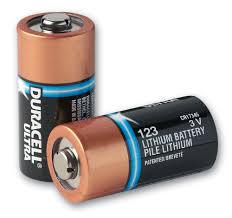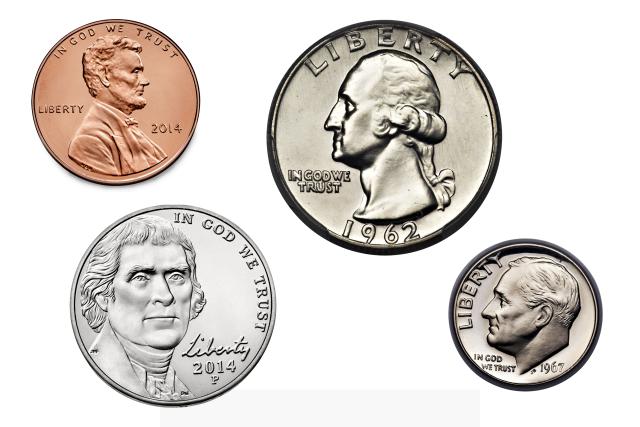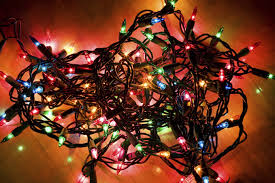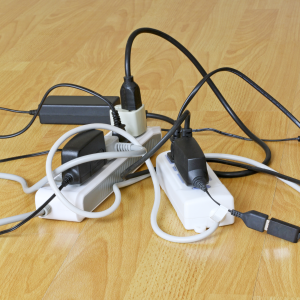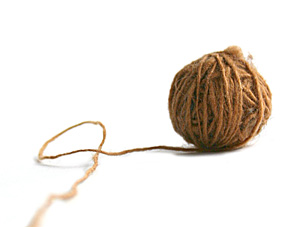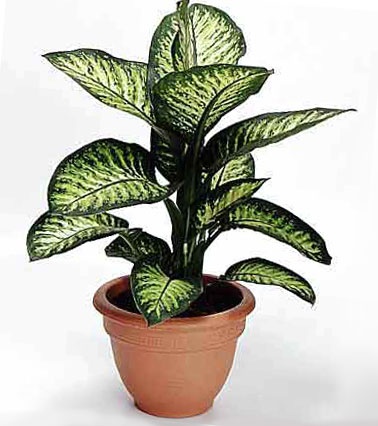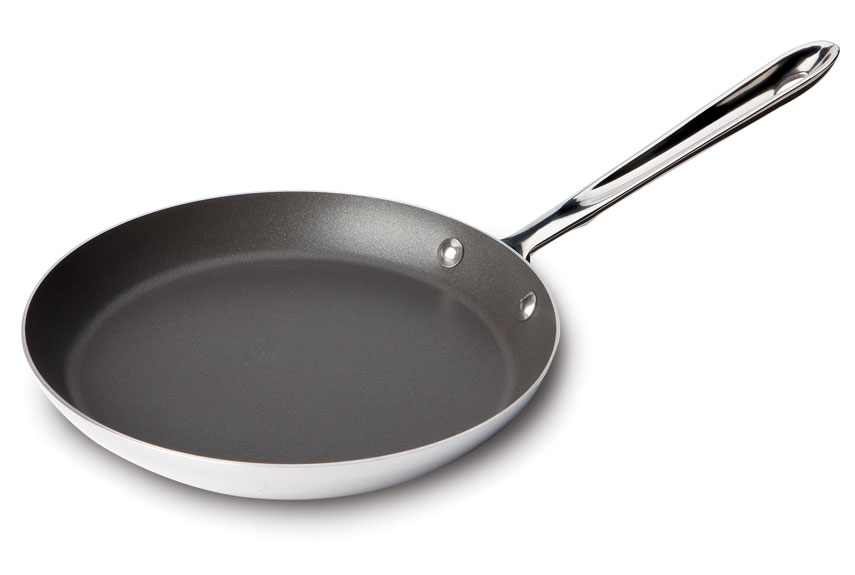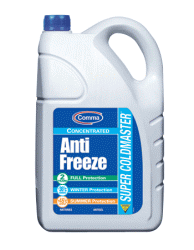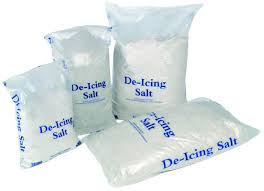Keeping the Holidays Safe
By Eric Hurwit, D.V.M.
Yep, 'tis the season again. The holidays are approaching and so are the potential hazards for your pets. With a little knowledge and some preventive measures you can keep your pets happy, healthy, and part of the festivities.
In Part I of the series “FOOD ITEMS THAT POSE A DANGER TO YOUR PET," we discussed several common foods that pose a danger to pets including;
Since we discussed these food items in detail in part one of the series, let’s focus on other potential seasonal and holiday hazards.
Yep, 'tis the season again. The holidays are approaching and so are the potential hazards for your pets. With a little knowledge and some preventive measures you can keep your pets happy, healthy, and part of the festivities.
In Part I of the series “FOOD ITEMS THAT POSE A DANGER TO YOUR PET," we discussed several common foods that pose a danger to pets including;
- Fatty foods
- Spoiled food
- Raw meats
- Animal bones
- Chocolate
- Coffee and coffee grounds
- Xylitol sugar substitute
- Macadamia nuts
- Grapes and raisins
- Onions (Allium) garlic, scallions, shallots, and leeks
- Avocados
Since we discussed these food items in detail in part one of the series, let’s focus on other potential seasonal and holiday hazards.
| Foreign Bodies pose a real threat to pets particularly during the holidays. Decorations, wrapping, and packaging materials often end up as inadvertent toys for pets. Foreign bodies are objects that are ingested or puncture into the body. Most frequently objects are ingested by a pet. The objects are not broken down by the digestive tract and may block, lacerate, puncture, or erode sections of the gastrointestinal (GI) tract. Some objects that are very small may pass uneventfully through the GI tract. But, even in large dogs, objects such as corks from wine bottles and whole walnuts and other nuts often left in bowls on coffee tables, can block the small intestine posing a real threat to any pet capable of swallowing them. These objects generally require medical and surgical intervention. It’s an expensive nut to swallow and a serious and painful experience for your pet. Keep these objects away from pets by making sure they are kept far beyond their reach. |
| Batteries pose a double threat to pets that ingest them. They often block the GI tract and corrosive and potential toxic compounds in the battery can be released, severely eroding and damaging the lining of the GI tract. These objects show up readily on radiographs (the image created from an X-Ray) and can be removed from the GI tract in different ways depending on their size, shape, location, and duration in the digestive tract. Ingestion of batteries is a medical emergency, and your pet should be examined immediately if you suspect or know your pet has ingested them. If caught before these objects leave the stomach, your veterinarian may be able to avert serious complications, and in some cases, your pet may be able to vomit these objects back out of the stomach with some pharmaceutical assistance from your veterinarian. Again the best option is to avoid the problem by making sure batteries needed for holiday gifts, cameras, and grandpa’s hearing aid are kept far out of reach of your pet (and small children for that matter). |
| Coins are another common foreign body. Young dogs in particular are more likely to swallow them. While they too can potentially obstruct the intestine, pennies minted after 1983 are made of zinc and coated with copper. Zinc can be very toxic causing the destruction of red blood cells in the body. This can lead to too few red blood cells to maintain normal oxygen transporting function to the body (Toxin induced Hemolytic Anemia). Zinc toxicity may require intensive medical treatment including blood transfusions if significant anemia is found. Signs of this toxicity include vomiting, diarrhea, depression, lethargy, yellow tinged skin, gums, eyes, and possibly red urine. Again, coins including pennies are easily imaged with a radiograph and should be removed as soon as possible in order to prevent obstructive damage and toxicity. (Peterson, Michael E., Talcott, Patricia A. SMALL ANIMAL TOXICOLOGY, Saunders 2001 p758-760 L. Tilly, F. Smith The 5-Minute Veterinary Consult- Canine and Feline Blackwell Publishing Ver:9.03/2006.2.15) |
| Holiday lights such as those used on Christmas trees can be dangerous to cats and dogs, particularly young ones who like to chew on them. In addition to the potential for electrical shock, small light bulbs can lead to intestinal obstruction in small pets, and if bulbs are chewed on, the glass could cause lacerations in the digestive tract. Monitor your pets carefully around these decorations and use common sense. Many adult pets don’t bother with decorations, but young pets are likely to investigate with their mouths. You may need to keep pets away from such decorations or choose safer alternatives for young pets to be around. |
| Electrical Wires: Young pets in particular like to investigate their surroundings with their mouths. Pets use their mouth to investigate new objects similar to the way we use our hands. Electrical wires should be secured so your pet cannot gain access to them. Plastic tubing such as heavy gage fish tubing or small PVC pipe can be used to protect exposed wires helping to keep your pet safe from electrical shock. Make sure to cover electrical receptacles with plug covers just as you would do with toddlers. |
| Tinsel, yarn, string, and thread are common foreign bodies in cats. These are referred to as linear foreignbodies and can cause tremendous damage to the digestive tract of pets that swallow them. Dental floss left in an open waste basket may also end up as a linear foreign body. These objects can lacerate, perforate, and strangulate sections of the digestive tract as the normal motions of the GI tract cause the linear object to rub against its lining. Surgery is often required to remove these objects and may require the removal of sections of the intestine that have been damaged. Pets with linear foreign bodies may have a decreased appetite, show lethargy, depression, vomiting, and/or diarrhea. Bring your pet to your veterinarian immediately if you know or suspect your pet has ingested one of these objects or any time your pet is showing these clinical signs |
House Plants, depending on the species of plant, can pose a serious threat to your pets. Some plants if ingested may not cause life threatening toxicities in healthy pets while others can be fatal in even small amounts if left untreated. Before bringing a plant into a home with pets, always check the toxic plant list provided in the link at the end of this section or an authoritative text. Young pets are particularly investigatory and often are more prone to toxic plant exposure. Three common toxic plants include Dumb Cane, Mistletoe, and Lilies.
| Dumb Cane (Dieffenbachia) is a common house plant and often given as gifts. It contains calcium oxalate crystals which can cause severe irritation of the lips and mouth as well as drooling, vomiting, and difficulty swallowing. While not usually life threatening, reactions to the chewing and ingestion of Dieffenbachia can be severe, and a veterinarian should be contacted immediately for consultation. (Peterson, Michael E., Talcott, Patricia A. SMALL ANIMAL TOXICOLOGY, Saunders 2001 p291) |
| Mistletoe (Phoradendron) while it can pose either embracement or pleasure for those standing under it during the holidays can be far more dangerous if ingested. Phoradendron contains the toxins pharatoxin, toxalbumin, and viscumin. These toxins cause abnormal behavior, gastrointestinal distress, difficulty breathing (dyspnea), bradycardia (too slow of a heart beat or rate), and potentially cardiovascular collapse leading to death. If your pet has been chewing on or has ingested mistletoe, take your pet to a veterinarian for assessment and treatment immediately. (Peterson, Michael E., Talcott, Patricia A. SMALL ANIMAL TOXICOLOGY, Saunders 2001 p252) |
| Lilies (Lilium) and their relatives Hemerocallis species are highly toxic to cats with only minimal ingestion of any plant parts causing potentially fatal kidney failure. Cats rapidly become ill and may begin vomiting shortly after ingestion of the plant material. Cats may be depressed and stop eating (anorexia) and may show signs of acute kidney failure within two days including excessive drinking, vomiting, and not being able to get up and walk (recumbancy). Un-treated, most cats will die within a week. It is critical to seek immediate veterinary treatment if you know or suspect your cat has ingested any part of a lily plant. The sooner an exposed cat is treated after exposure the better the prognosis. (Peterson, Michael E., Talcott, Patricia A. SMALL ANIMAL TOXICOLOGY, Saunders 2001 p301.) (L. Tilly, F. Smith The 5-Minute Veterinary Consult- Canine and Feline Blackwell Publishing Ver:9.03/2006.2.15 ) For detailed list of toxic plants please visit the following site. http://www.aspca.org/site/PageServer?pagename=pro_apcc_toxicplants |
| Christmas tree water. OK, so you got the tree up and added the water to the base before you retire for the night. In the morning, the water in the tree base is empty and Fido is vomiting on the decorations. Sound familiar? Compounds from pine trees can leach into the water and cause gastric irritation as well as irritations to the mouth and esophagus. In addition, some people may add plant food or preservative to the water which may also be toxic depending on the formulation. There may be large amounts of bacteria in the water if it stagnates, and this to can cause vomiting and diarrhea. A little tin foil or other protective covering over the base of the tree can keep pets from gaining access to the water and keep your pet safe from toxic compounds in the tree water. |
| Medications. Remember, visiting family and friends may not be as conscientious as you when it comes to pet safety. Make sure any medications they may have with them are kept completely out of reach of your pets. If your pet does accidentally ingest medications, make sure to have the drug information and bottle on hand when contacting your veterinarian. If possible try to have an estimate of how many pills were ingested. You will likely be asked by your veterinarian to contact animal poison control to secure an initial case number. The contact numbers are listed at the end of this article. Please make sure your veterinarian specifies which service to call. |
| Bread dough and raw pastas can expand in your pet’s stomach expanding to many times the size of what is ingested. Thus, even small amounts can be a problem depending on the size of the pet. This can cause their stomach to distend leading to discomfort and potentially bloat. Bread dough also releases alcohol as it rises which can lead to depression, vomiting, and an unsteady stance or walk (Ataxia). |
| Non-Stick Cookware: Birds are highly susceptible to toxicities from fumes since they have a highly efficient respiratory system. Fumes from non-stick cookware, particularly when pre or overheated, can quickly kill birds. Many other fumes from cooking foods are respiratory irritants and potentially toxic to birds as well. Please keep pet birds away from and out of the kitchen when cooking. The web site below will provide additional information on this matter. If you have pet birds please read this information. http://www.teflon.com/Teflon/downloads/pdf/bird_safety_tips.pdf |
| Antifreeze ingested even in very small amounts can be a life threatening emergency. It is a common and highly fatal poisoning. Ethylene glycol present in most antifreeze formulas has a slightly fishy odor and a sweet taste to which pets may be attracted. If ingested, pets may initially seem drunk, stumbling as they walk (Ataxia) or depressed and quiet. However within hours they may have vomiting and increased thirst and urination. Ethylene glycol is rapidly absorbed in the GI tract and converted in the liver into toxic compounds which cause severe damage to the kidneys resulting in acute kidney failure. This happens within hours, and many pets do not survive the poisoning. If you see your pet ingest antifreeze or even suspect that they may have, do not wait for signs of toxicity. Take your pet immediately to a vet hospital. Rapid detection and treatment can prevent or reduce the extent of acute kidney damage and potentially save your pet’s life. Rapid routine blood work and an ethylene glycol test can be performed to detect the possibility of this toxicity. For dogs there is an antidote that can be used called Fomepizole or 4MP. If this is not available or if it is a feline exposure, your veterinarian will likely use specific dosing of ethanol along with IV fluids and other medications to try to treat this toxicity. The first course of action is to prevent exposure to this deadly chemical. Always store antifreeze containers in a safety cabinet or secure location away from pets. Check the ground and your car regularly for radiator fluid leaks and clean these areas thoroughly as well as repair such leaks. When adding or changing antifreeze or coolant always clean up spills thoroughly and properly discard contaminated rags and paper towels. |
| De-icing Salts can cause irritation to the feet of pets. If ingested as they clean their feet, it can cause GI upset. Although not common, if ingested in large quantities, salts can damage the kidneys, cause cardiac abnormalities, and neurologic signs. Secondarily, pets may drink excessive amounts of water after ingesting salt. In some dogs, particularly larger dogs, there is a potential for bloat (gastric dilatation volvulus) a life threatening and excruciatingly painful condition in which the stomach rotates over its self cutting off its blood supply. Homemade play dough often is made with large quantities of salt and should be kept away from pets as well. Contact your veterinarian if you know or suspect your pet has ingested salts in excess and or is showing signs of illness. |
| Extreme Weather: Don’t forget your pets during the holidays—leaving pets outside exposed to extreme temperatures or weather is more common than we would like to think. Often pets are left outside while meals are prepared or while dining. Pets can quickly succumb to extreme temperatures, cold or hot. Please read more about leaving pets in the car on hot days here. |
As always, keep your furry and or feathery family members safe and part of the festivities by knowing potential dangers and taking action to prevent their exposure. Remember that if you see or know your pet has been exposed to a toxic or dangerous material or they are showing signs of illness, contact or take your pet to a veterinarian immediately.
Please keep your pets safe and Happy Holidays!
Please keep your pets safe and Happy Holidays!
ASPCA NATIONAL ANIMAL POISON CONTROL CENTER 1-888-426-4435
This is a national 24-hour service provided by the ASPCA. There is a $50.00 fee for the initial call.
PET POISON HELPLINE 1-800-213-6680
This is a national 24-hour service provided by the Pet Poison Control Center. There is a $35.00 fee for the initial call.
This is a national 24-hour service provided by the ASPCA. There is a $50.00 fee for the initial call.
PET POISON HELPLINE 1-800-213-6680
This is a national 24-hour service provided by the Pet Poison Control Center. There is a $35.00 fee for the initial call.

